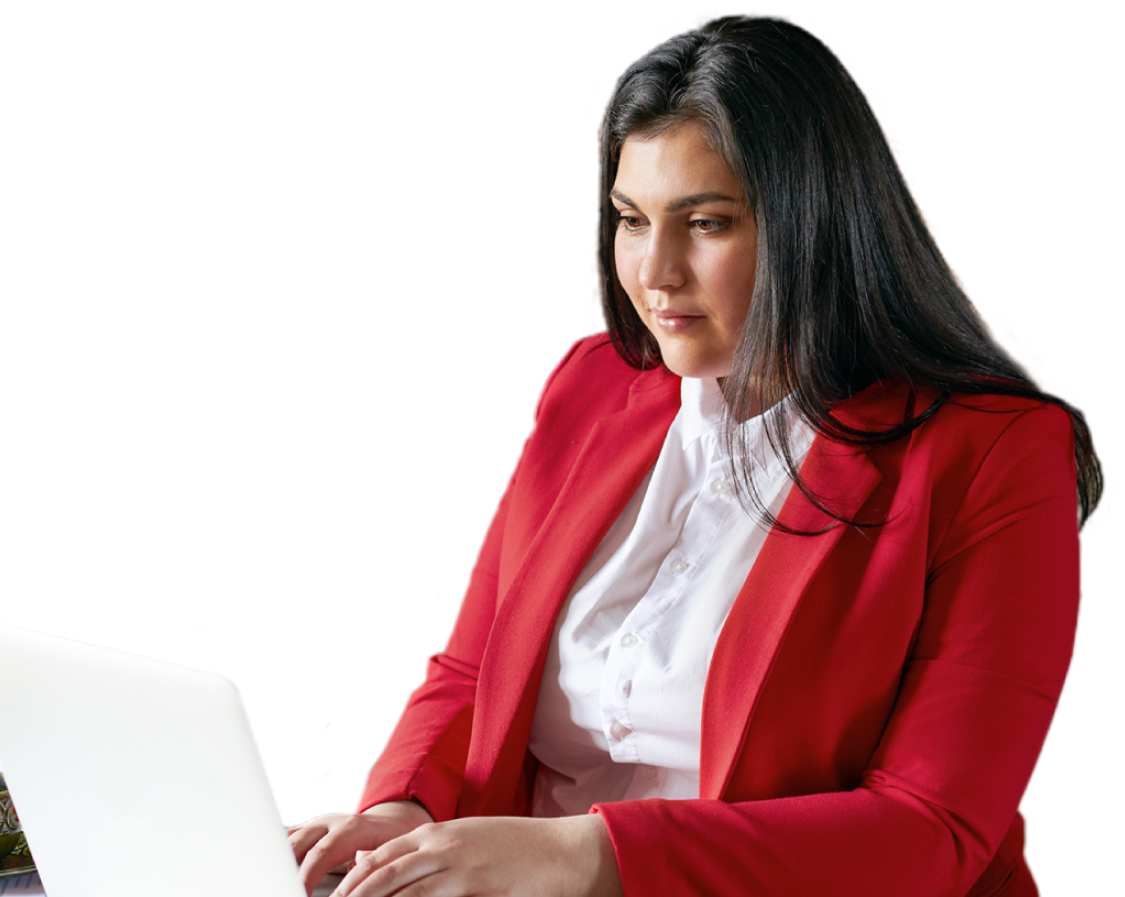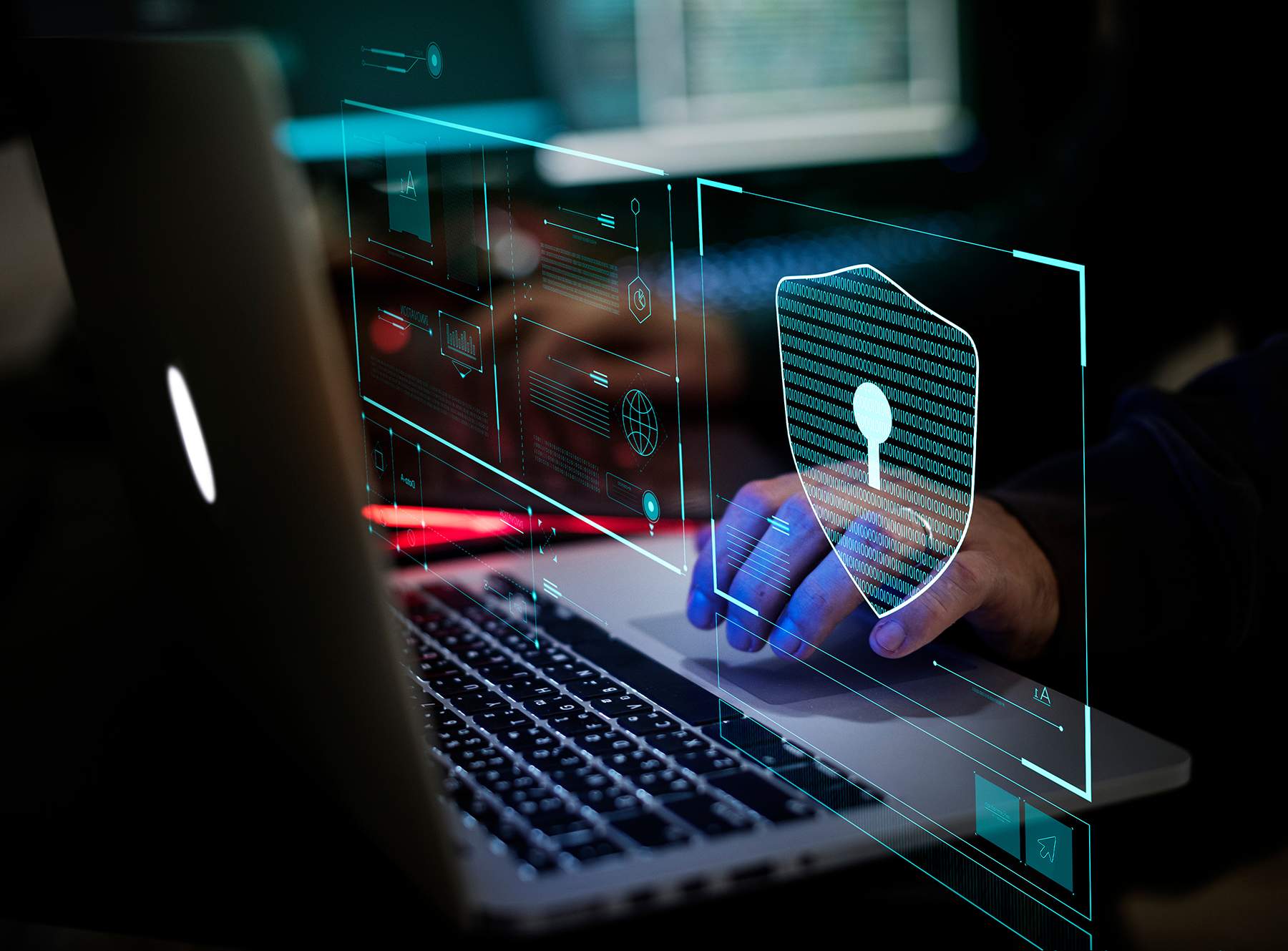Understanding DSL: How Digital Subscriber Lines Work and Their Benefits
-
November 30, 2022
-
7 min read

Suppose you, as a small business, are trying to upload client files while handling customer calls but are facing slow speeds or dropped connections. For many early-stage companies, this was a daily challenge before DSL technology stepped in.
Digital Subscriber Line (DSL) revolutionised internet access by using existing telephone lines to deliver always-on connectivity without disrupting voice services. It enabled businesses to operate more efficiently without the cost of new infrastructure.
While today’s enterprises rely on faster, more scalable solutions, understanding how DSL works and where it fits helps businesses make wise decisions about connectivity upgrades and alternatives.
What is DSL? The Basics of Digital Subscriber Line Technology
DSL, short for Digital Subscriber Line, is a broadband internet technology that uses existing telephone lines to transmit data. It delivers faster internet than dial-up and allows simultaneous voice and data transmission. This made DSL a go-to solution during the early phases of broadband expansion.
A DSL office broadband connection enables internet access without interrupting voice calls. The technology separates the frequency bands for voice and data for offering smooth, always-on internet.
How DSL Works: The Technology Behind the Connection
DSL operates by splitting the telephone line into distinct channels: one for voice, one for uploading data, and another for downloading. A DSL modem connects to the line and processes incoming and outgoing signals. These signals travel from the user’s premises to the provider’s exchange.
Unlike cable internet, which distributes bandwidth among multiple users, DSL offers a direct line, improving stability. However, DSL speed still depends on the distance from the local exchange. The farther the line extends, the slower the connection becomes.
DSL systems typically require a DSL ID or identifier to authenticate the modem. This ID helps the system recognise the user’s access rights and bandwidth plan.
So, now you must have understood what is DSL connection and its importance. Let’s understand other critical aspects.
Role of Traditional Telephone Lines in DSL
Traditional telephone lines played a foundational role in the development and deployment of DSL technology. These copper lines, already installed in homes and businesses for voice communication, offered a practical path for expanding internet access without the need for new infrastructure. DSL capitalised on the unused frequency spectrum of these lines, allowing data to travel alongside voice signals without interference.
This approach made broadband more accessible, especially in areas where laying new fibre wasn’t yet feasible. For service providers, it offered a cost-effective way to scale connectivity quickly. For businesses, it meant faster internet speeds without interrupting existing telephone services.
DSL vs Dial-Up: Key Differences Explained
DSL offers several advantages over dial-up, especially in terms of speed, convenience, and usability. The table below highlights the key differences between the two:
| Feature | Dial-Up | DSL |
| Connection Type | Uses entire line for data or calls, not both | Uses higher frequencies, allowing simultaneous use |
| Speed Range | Up to 56 Kbps | Ranges from hundreds of Kbps to several Mbps |
| Line Usage | Blocks phone line during internet usage | Keeps phone line free during internet sessions |
| Latency | High latency | Lower latency, smoother performance |
| Always-On Access | Requires manual connection for each session | Always active when modem is powered |
| Use Cases | Basic browsing, text emails | Video calls, file sharing, business apps |
| Setup Complexity | Simple but outdated | Slightly more complex, more capable |
| Reliability | Prone to disconnections and slower speeds | More stable and consistent |
Types of DSL: Exploring the Different Variants
Different DSL technologies serve various needs, from casual browsing to business applications. Each version modifies speed, bandwidth symmetry, or distance capabilities to suit specific users.
ADSL, SDSL, VDSL, and VDSL2 | What’s the Difference?
- ADSL: Asymmetric DSL offers faster download speeds than upload speeds. It serves home users who stream or browse more than they upload.
- SDSL: Symmetric DSL delivers equal download and upload speeds. It supports business use where sending large files or hosting services is necessary.
- VDSL: Very-high-bit-rate DSL operates at higher speeds over shorter distances. It enhances HD streaming and fast downloads.
- VDSL2: An advanced version of VDSL, it extends reach and performance with greater stability.
DSL users typically need login credentials to access their connection. This leads to common queries such as what is DSL ID in Airtel office broadband or what is DSL number in Airtel, as users look to understand how their service is identified and authenticated. These IDs play a critical role in authenticating the connection.
Benefits of DSL Internet Connections
DSL broadband offers several notable advantages:
- Easy Deployment: No need for new wires, as existing telephone lines serve the purpose.
- Always-On Connection: No dial-in process, which keeps the internet readily available.
- Cost Efficiency: Installation and maintenance costs remain low.
- Independent Voice Line: Data usage does not interfere with phone calls.
- Improved Reliability: DSL provides stable connectivity with fewer disruptions compared to dial-up.
The cost-saving and operational simplicity make DSL suitable for both homes and small businesses looking for reliable connectivity.
Limitations of DSL You Should Know
DSL does have drawbacks that users should consider:
- Speed Drops Over Distance: Performance declines with increasing distance from the exchange.
- Limited Bandwidth: DSL cannot match the high speeds of fibre or leased lines.
- Copper Line Degradation: Old lines can affect speed and reliability.
- Lack of Scalability: DSL connections suit smaller operations but not large-scale enterprise needs.
These limitations have encouraged users to explore newer alternatives offering better performance and flexibility.
Alternatives to DSL in 2025: What’s Gaining Ground
Modern enterprises demand higher bandwidth and symmetrical speeds for cloud computing, remote work, and data-intensive applications. Fibre-optic connections and internet leased lines now lead the market as viable alternatives to DSL.
Leased lines offer uncontended, symmetric connections that guarantee equal upload and download speeds. This consistency benefits businesses needing stable internet for video conferencing, online collaboration, or real-time file transfers.
The rise of remote work and hybrid models has made scalable connections more valuable. DSL lacks the bandwidth and reliability to support these requirements in 2025, pushing users toward fibre and enterprise-grade solutions.
Case in Point: The Airtel Internet Leased Line Advantage
Airtel’s dedicated internet leased line service is tailored for modern enterprises. Unlike DSL, which depends on ageing copper lines, Airtel’s solution uses advanced fibre-optic technology. It ensures consistent performance, even during peak usage. Some benefits are:
- With plans ranging from 10 Mbps to 1 Gbps and beyond, Airtel supports businesses of all sizes.
- The leased line delivers guaranteed uptime of 99.5% and near-zero latency.
- Users also receive symmetric upload and download speeds, which enhance operations like large file transfers or video calls.
- Enterprises needing secure and high-performance connectivity benefit from features like built-in DDoS protection, 24/7 SLA-backed support, and scalable bandwidth.
- Airtel offers rapid installation, uninterrupted cloud access, and the ability to manage remote and global teams efficiently.
When businesses outgrow traditional DSL, Airtel’s leased line has become the logical next step.
Key Takeaways
DSL played a crucial role in connecting millions to the internet. It served as a stepping stone toward today’s high-performance leased line solutions.
In 2025, as business demands evolve, DSL will give way to high-capacity, fibre-based solutions. Enterprises are now choosing future-proof options like Airtel’s dedicated internet leased lines. With guaranteed speeds, zero congestion, and enterprise-grade support, Airtel guarantees that your connectivity never slows you down, whether you are uploading massive files or managing remote teams with equal ease.
 Share
Share









